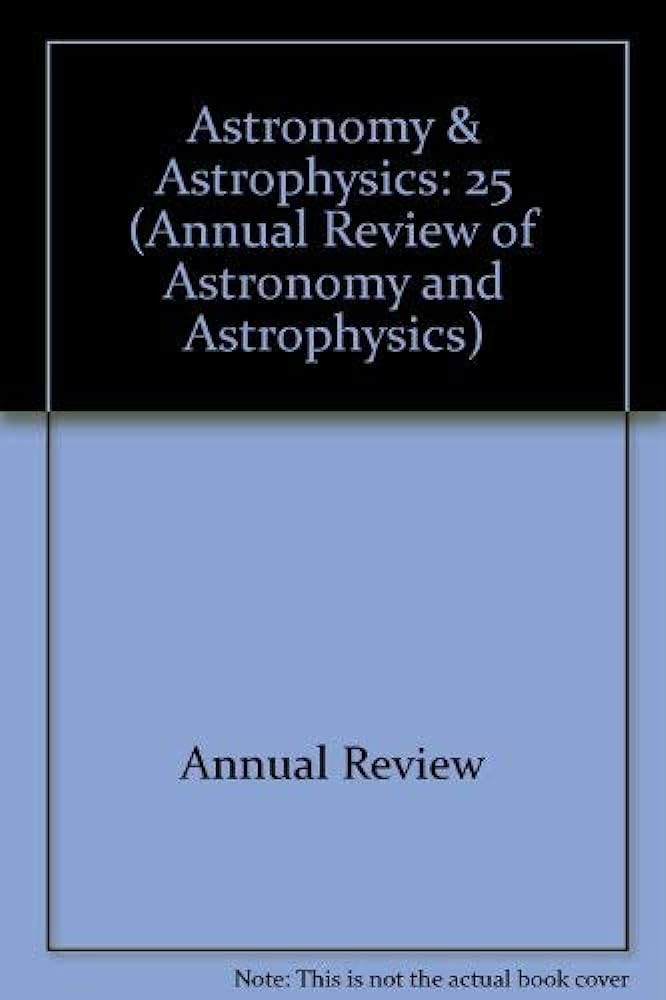Star–Planet Interactions: A Computational View
IF 32.5
1区 物理与天体物理
Q1 ASTRONOMY & ASTROPHYSICS
Annual Review of Astronomy and Astrophysics
Pub Date : 2025-05-30
DOI:10.1146/annurev-astro-021225-030604
引用次数: 0
Abstract
There are several physical processes that mediate the interaction between an exoplanet and its host star, with the four main ones being due to magnetic, particle (stellar outflow), radiative, and tidal interactions. These interactions can be observed at different wavelengths, from X-ray to radio. Their strengths depend on the architecture of planetary systems, as well as the age and activity level of the host stars. In particular, exoplanets in close-in orbits and/or orbiting active host stars can experience strong physical interactions, some of which are negligible or absent in the present-day Solar System planets. Here, I present an overview of star–planet interactions (SPIs) through the lens of three-dimensional (3D) numerical models. The main conclusions are as follows:恒星-行星相互作用:计算视角
系外行星与其宿主恒星之间的相互作用有几种物理过程,其中四种主要是由于磁场、粒子(恒星流出物)、辐射和潮汐相互作用。这些相互作用可以在不同的波长上观察到,从x射线到无线电。它们的强度取决于行星系统的结构,以及主星的年龄和活动水平。特别是,在近距离轨道和/或围绕活跃主恒星运行的系外行星可以经历强烈的物理相互作用,其中一些在今天的太阳系行星中可以忽略不计或不存在。在这里,我通过三维(3D)数值模型的镜头介绍了恒星-行星相互作用(spi)的概述。主要结论如下:▪模型是解释和指导观测的基础。观测和模型的强大结合使我们能够提取系统的重要物理参数,如行星磁场,恒星风特性等。▪相互作用的非轴对称力产生空间不对称特征(例如,行星物质拖在轨道上,激波形成),因此需要使用3D模型。sp在不同的时间尺度(从小时到十亿年)上变化,这些时间尺度与行星(轨道运动、旋转)和恒星(耀斑、周期和长期演化)特性有关。理解这些变化需要时间相关的模型。我主张未来的3D模型应该通过多波长(近)同步观测得到信息。观测的用途是双重的:一些为模型(例如,恒星磁场图)产生输入,而另一些则由模型拟合(例如,光谱凌日)。这种观测和模型的结合提供了一个强大的工具来推导系统的物理特性,否则这些特性将是未知的。
本文章由计算机程序翻译,如有差异,请以英文原文为准。
求助全文
约1分钟内获得全文
求助全文
来源期刊

Annual Review of Astronomy and Astrophysics
地学天文-天文与天体物理
CiteScore
54.80
自引率
0.60%
发文量
14
期刊介绍:
The Annual Review of Astronomy and Astrophysics is covers significant developments in the field of astronomy and astrophysics including:The Sun,Solar system and extrasolar planets,Stars,Interstellar medium,Galaxy and galaxies,Active galactic nuclei,Cosmology,Instrumentation and techniques,
History of the development of new areas of research.
 求助内容:
求助内容: 应助结果提醒方式:
应助结果提醒方式:


